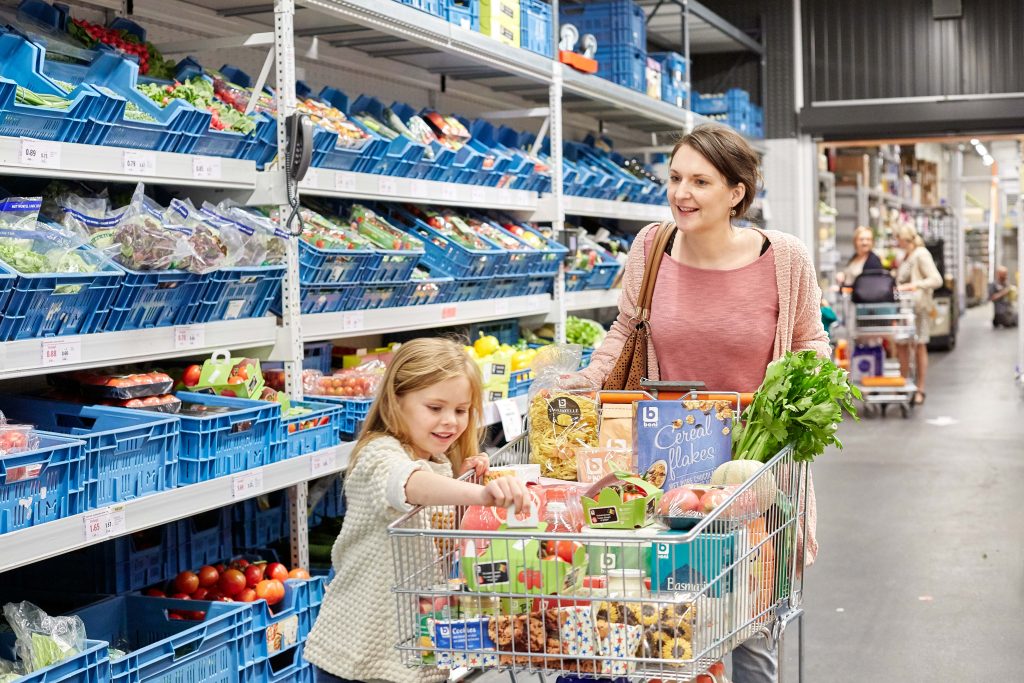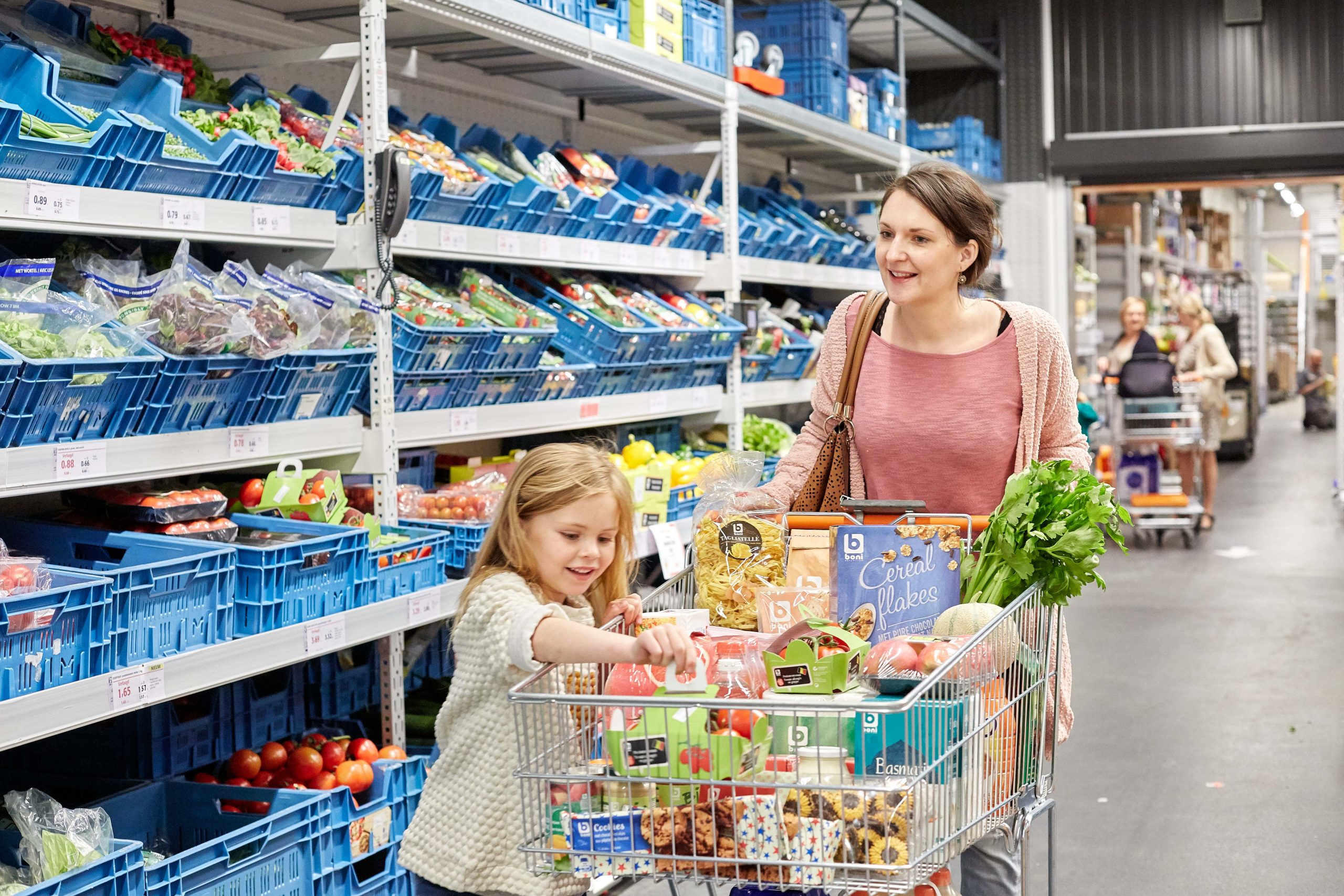Grocery trends for 2023
With inflation high, grocers will look to generate higher margins and avoid passing rising costs onto consumers. Retailers will strive to cement shifting consumer loyalties by differentiating the shopping experience amidst intense competition.
Trend: Absorbing inflation
Grocers will find creative ways to battle inflation on behalf of customers. Knowing the impact of rising prices on consumers, retailers will absorb margin hits, rely on technology more in store and omnichannel, and reduce costs. They’ll make tough choices to allocate resources, using customer satisfaction and loyalty as their guide.
Trend: Pricier deliveries
Shoppers will pay more for grocery delivery, with free service becoming a thing of the past. Companies will no longer be able to subsidise this as a free or low-cost service. Fees will increase or roll into an exclusive service, such as Walmart+. This will spill over into more in-person shopping and curbside pick-up as inflation-weary consumers cut costs.
Trend: Fragmented shopping
Consumers are chasing value with a wider store repertoire. This fragmented shopping means some are using club stores while others are trying dollar stores or hard discount offers for the first time. When inflation initially hit, customers stayed with the familiar. But in this phase of recession retailing, they’ll try new ways to make the most of budgets.
Trend: Consumer connections
Brands will escalate efforts to connect consumers to their mission and values. If they can show their brand satisfies crucial needs, shoppers will pay a premium, even when watching spending closely. To build this bond, more brands will promote social responsibility, including upcycling and waste reduction.
Trend: Capitalising on differentiators
Grocers with differentiated offers will excel based on customer preferences in this hyper-competitive climate. Discounters with minimal service will do well attracting bargain-hunters. At the other end, retailers with distinctive offerings will also prosper. For example, as shoppers search for affordable convenience, expect a new generation of food court/foodservice offers in large format and convenience stores.
Trend: Growing gulf
The divide between small chains and independent retailers on one hand and big chains on the other will widen. To differentiate themselves from big players, small grocers will lean in heavily to fresh and local products and a great customer experience. But rising prices and competing priorities may make this strategy difficult.
Trend: Increased consolidation
Consolidation of retailers of all sizes will accelerate, as underlined by the Kroger-Albertsons merger. More companies will struggle to attract customers and keep costs at bay. Companies will achieve efficiencies through scale, which gives them more power in areas such as price negotiations with suppliers.
Trend: Centralised ordering
Centralised ordering will grow as chains achieve more efficiencies from a single purchasing source. Headquarters sets company-wide goals to maximize sales or margins and control financial performance with a lower range of error. If individual stores control ordering, even a small change could result in lost sales or food waste. Their manual SKU adjustments may not look big but add up.




